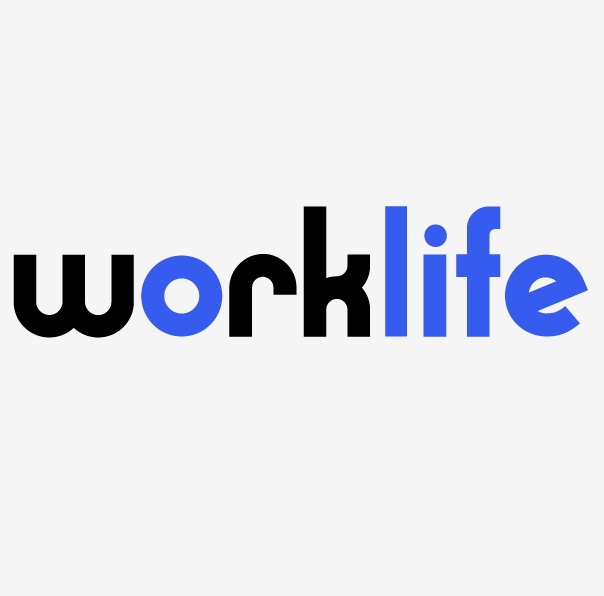
The highly contagious omicron variant of the coronavirus has resulted in numerous breakthrough cases, in which fully vaccinated and boosted people are becoming infected with and ill from COVID-19. These cases may prompt employers to pause return-to-workplace plans and consider remote work, if they can.
But the breakthrough cases shouldn’t cause companies that are proceeding with onsite work to abandon mandatory vaccination policies, legal experts say.
“Breakthrough cases are to be expected and do not indicate that vaccination is not effective,” said LaKeisha Caton, an attorney with Pryor Cashman in New York City. “To the contrary, COVID vaccines have prevented a greater number of serious illnesses, hospitalizations and deaths despite breakthrough infections.”
That said, the high number of breakthrough cases makes it more challenging to convince opponents of mandatory vaccination policies to comply, but “employers should consider staying the course,” said Jason Habinsky, an attorney with Haynes Boone in New York City.
Considerations for Return to Work
“Any responsible employer needs to at least consider whether the increased number of breakthrough infections should change back-to-work plans,” said Jim Hermon, an attorney with Dykema in Detroit.
He said that whether any employer should change its plans is a function of:
- Vaccination rates at that company.
- The vulnerability of its worker population.
- Whether it can put other effective means for limiting the spread of COVID-19 into place.
“Employers with fully vaccinated workforces where it is possible for employees to socially distance and wear masks are facing a very different situation than employers with a largely unvaccinated workforce where employees must work together in close quarters,” Hermon said.
“Employees have renewed concerns that being vaccinated is not enough to stave off the spread of the virus, and many have expressed fears about being in close proximity to co-workers while this more contagious variant abounds,” said Mark Kluger, an attorney with Kluger Healey in Fairfield, N.J. “As a result, some employers are pushing back in-person work until February or instituting hybrid schedules.”
Nearly Two Years In
“Almost two years after the pandemic first began, the big picture is still much more grim than any of us would have expected,” said Julie Werner, an attorney with Lowenstein Sandler in New York City. “Thankfully, deaths are down considerably, but it is shocking that we are dealing with surges of COVID at the scale we are seeing.”
She added that, “Most employers have done a remarkable job in adjusting their expectations about where and how work gets done. I do think the transformation of remote work will be the longest-lasting outcome of this pandemic from an employment law standpoint.”
For now, many companies have re-evaluated their return-to-work plans in light of the omicron surge, she said. “Of course, there are many jobs that must be done onsite, but employees who can work remotely should be permitted to do so, at least until the current surge passes,” Werner said.
Limiting the Number of Breakthrough Cases
Regardless of whether an employer requires vaccines for onsite employees, appropriate masking and social distancing and robust cleaning protocols in the workplace should remain priorities, according to Mickell Jimenez, an employment law partner at Holland & Hart in Salt Lake City. “Use all of the tools in your toolbox to keep your business moving forward: remote work, sick and leave policies that allow employees to stay home when they exhibit symptoms of COVID-19, job sharing, cross-training, and other creative options.”
“It is not a bad idea to implement a mask rule for anyone working indoors in a closed space where they cannot socially distance from others and to provide suitable masks—N95 or KN95—if possible,” said Matt Gomes, an attorney with Weinberg, Wheeler, Hudgins, Gunn & Dial in Atlanta.
Educate employees regarding the safety of vaccines, “emphasizing that even though breakthrough infections are possible, they are much less severe for vaccinated individuals as opposed to unvaccinated [people],” he said.
“Employers should consider giving some paid time off both to get the shots and to recover from any side effects vaccination may have,” Hermon said. Even though the Occupational Safety and Health Administration’s emergency temporary standard, which required paid time off in addition to its vaccine-or-testing requirement, was struck down by the U.S. Supreme Court, “employers will reap a dividend from vaccinated employees in the form of additional productive time at work,” he said.
The Supreme Court did not prohibit employers from requiring vaccinations against COVID-19, said Carrie Hoffman, an attorney with Foley & Lardner in Dallas. Nonetheless, companies need to provide accommodations to employees for medical conditions and religious beliefs. In addition, some states prohibit employers from requiring vaccinations.
By contrast, New York City has required offices of all sizes to adopt mandatory vaccination policies, noted Amory McAndrew, an attorney with Hoguet Newman Regal & Kenney in New York City.
Employers increasingly have asked about requiring booster shots as part of mandatory vaccination policies, Werner said. “That seems to be a trend and likely where we are headed for an employee to be deemed fully vaccinated,” she said. “Boosters will hopefully help limit the number or severity of breakthrough cases.”
However, Werner noted, “it is definitely a big challenge for employers to continue to encourage vaccinations at this point in time, especially where there are so many other employment options for employees.”
Kluger said some employers instead “are ramping up testing requirements by requiring those regularly engaged in in-person work to test weekly if not more frequently and returning to protocols such as limiting or eliminating face-to-face meetings and business travel.”
Other employers are opting to use economic incentives to encourage vaccination while some have resorted to disincentives to remaining unvaccinated workers, such as higher health insurance premium contributions, he said.
Full Article: https://www.shrm.org/resourcesandtools/legal-and-compliance/employment-law/pages/coronavirus-return-to-workplace-omicron-surge.aspx
Author: Allen Smith, J.D.









